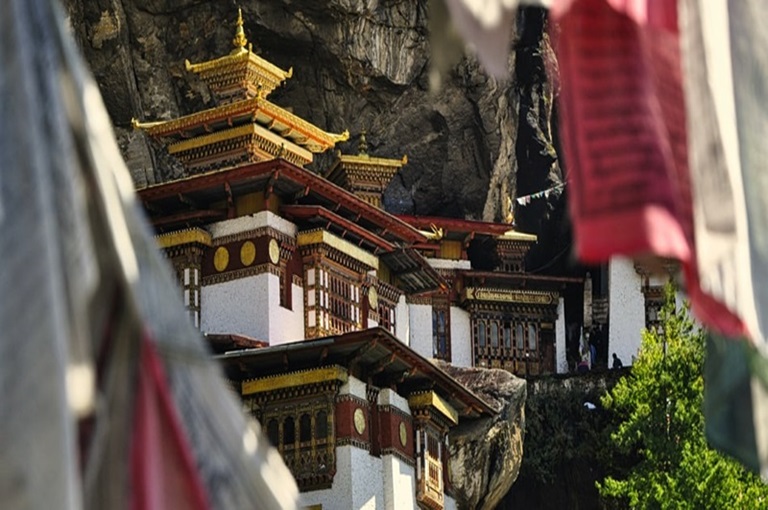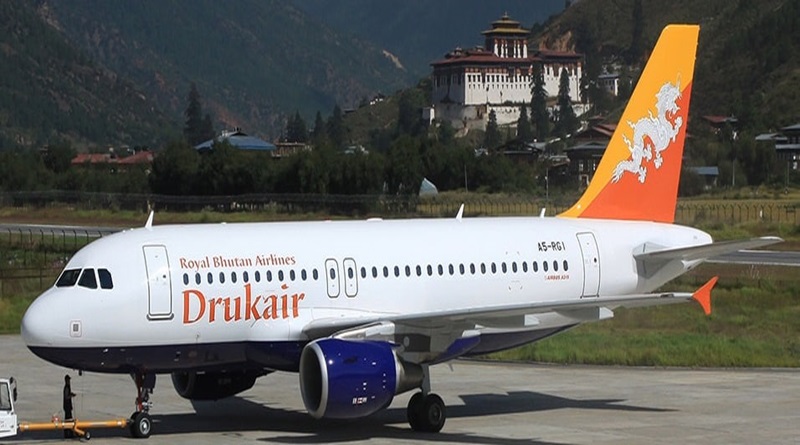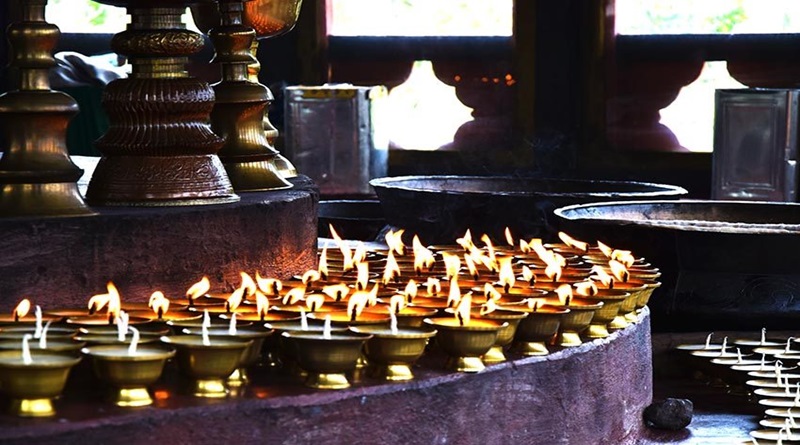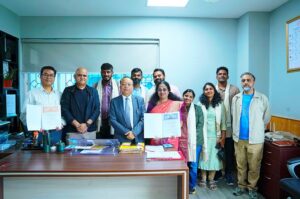8 Things To know About Bhutan Before Travel


New Delhi: Bhutan Nestled in the Himalayas between India and China, Bhutan stands as the world’s last Buddhist kingdom, celebrated for its cliffside monasteries, golden temples, and colorful prayer flags. Known for its unique Gross National Happiness philosophy, Bhutan balances gradual tourism openness with the preservation of its rich cultural heritage and pristine landscapes. My travels in Bhutan uncovered a wealth of experiences, from exhilarating horse treks in Bumthang to scenic rafting on the Jacaranda-lined Punakha River and making traditional hoentey in the secluded Haa Valley. Explore this guide to delve into the distinctive cultural tapestry of Druk Yul, the Land of the Thunder Dragon.
1.Get A Bhutan visa or Travel Permit
Non-Indian, Maldivian, and Bangladeshi visitors must secure a visa before entering Bhutan. The Tourism Council of Bhutan processes visas for SAARC countries with a USD 40 fee, taking up to 72 hours. Approved applicants receive a visa and clearance letter for entry.
Necessary documents include a passport or voter ID (with photocopies), a completed visa form, a detailed itinerary, a hotel booking voucher, an undertaking letter (if traveling alone), and passport-sized photos. Tourist permits covering Paro, Thimphu, and Punakha are free but may incur fees if obtained through a tour operator.
For a smooth entry, arrive early at the Phuentsholing Immigration Office, open Monday to Friday, 8 AM to 5 PM, with a lunch break from 1 PM to 2 PM.
2. Airlines That Fly to Bhutan

Bhutan’s national airlines, Drukair and Bhutan Airlines, offer direct flights to Paro International Airport, surrounded by peaks up to 18,000 feet. Flights connect Bhutan with Bangladesh, India, Nepal, Singapore, Thailand, and from March 2024, the UAE. For breathtaking views, request a left-side window seat on flights from Kathmandu. Note that luggage cannot be checked through to your final destination. Overland travel from India is possible, but transit through China is not.
3.Bhutan is safe for Travellers
Bhutan, known for its happiness and devotion to Buddhism, boasts a low crime rate and minimal violent crime. Ranked 25th for least corruption by Transparency International, it is one of the safest countries to visit. The rising number of female guides is an added benefit for solo women travelers.
4. Currency and Payment Option
Bhutan’s official currency is the Ngultrum, pegged 1:1 to the Indian Rupee. Indian notes up to Rs 100 are accepted, but Rs 500 and Rs 2,000 are not. Credit cards are limited to hotels and large stores. Foreign visitors can use digital wallets like goBoB or BNB MyPay, with MyPay being more accessible for international transactions.
5. Best Time to Visit

Bhutan’s monsoon season from June to August brings heavy rain, high humidity, and wind, making travel less ideal. September to November offers comfortable autumn weather with sunny days and snow at higher elevations. The period from November to January is chilly with snow, but it’s also peak festival season, attracting many visitors. February to March marks spring, with blooming valleys and Rhododendrons, while April to May is summer, with pre-monsoon showers beginning in late May. October to January is particularly good for travel, offering clear mountain views and favorable trekking conditions.
6.Discover Bhutanese Cuisine
For years, Bhutanese cuisine’s reputation suffered due to lackluster buffets featuring Indian, Chinese, and continental dishes in three-star hotels. However, this is changing as local cuisine, known for its fresh and seasonal ingredients, gains popularity. Bhutanese dishes like ema datse (chilies with cheese) and kewa datse (potatoes, chilies, and cheese) can be spicy but can be adjusted to your taste if requested. Seek local recommendations for an authentic experience.
7. Places To Visit
Taktshang Goemba (Tiger’s Nest Monastery)
- Hike to Bhutan’s iconic temple, perched dramatically on a cliff.
- Medieval shrines are said to be attached by the “hairs of angels.”
Punakha Dzong
- Bhutan’s most beautiful fortress, renowned for its springtime display of purple jacaranda flowers.
- Hosts some of Bhutan’s most spectacular festivals.
Thimphu
- Bhutan’s capital features historically significant monasteries and protector deities.
- Home to a takin reserve, archery tournaments, a vibrant weekend market, and the majestic former government seat, Tashi Choe Dzong.
8. Explore culutural Activities

On your final day in Bhutan, immerse yourself in local culture by learning to make traditional Prayer Flags at a local family’s home. Book this through your hotel and craft your own flags before enjoying a local lunch. Conclude your trip with a serene Butter Lamp Blessing at the 16th-century Samtenling Monastery, where you’ll light 108 lamps and receive a blessing from monks, offering a spiritually enriching end to your journey.







